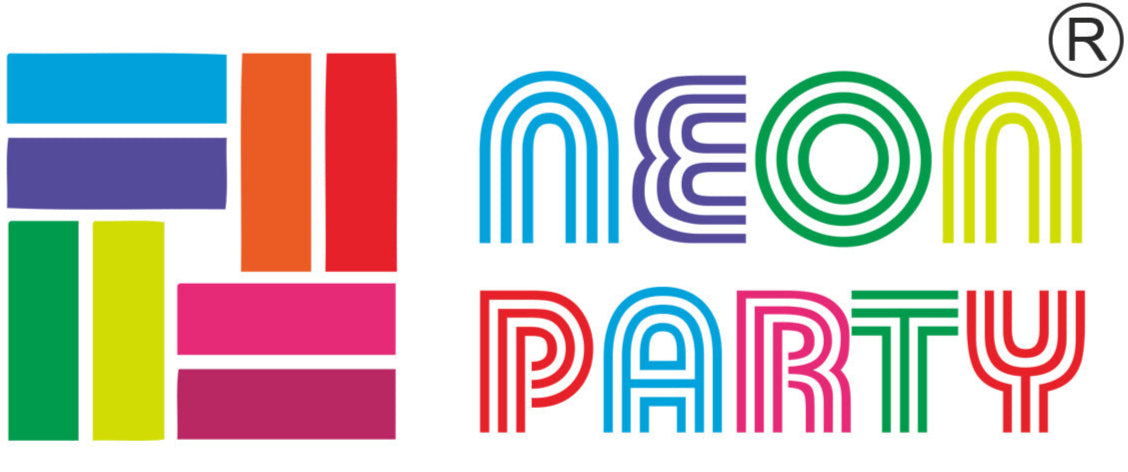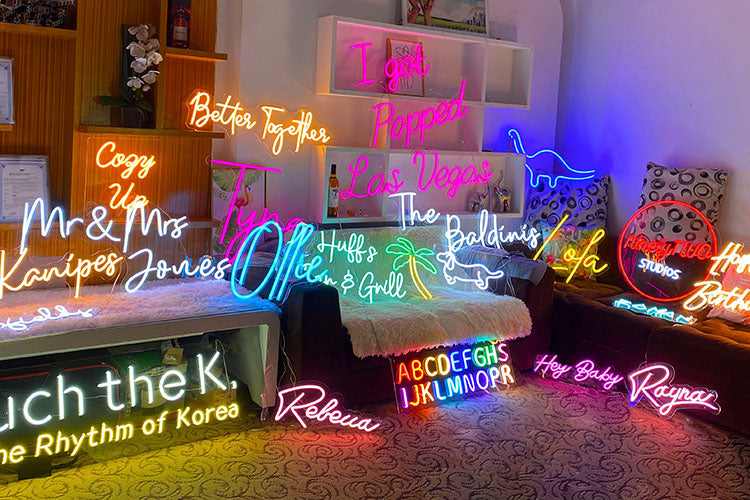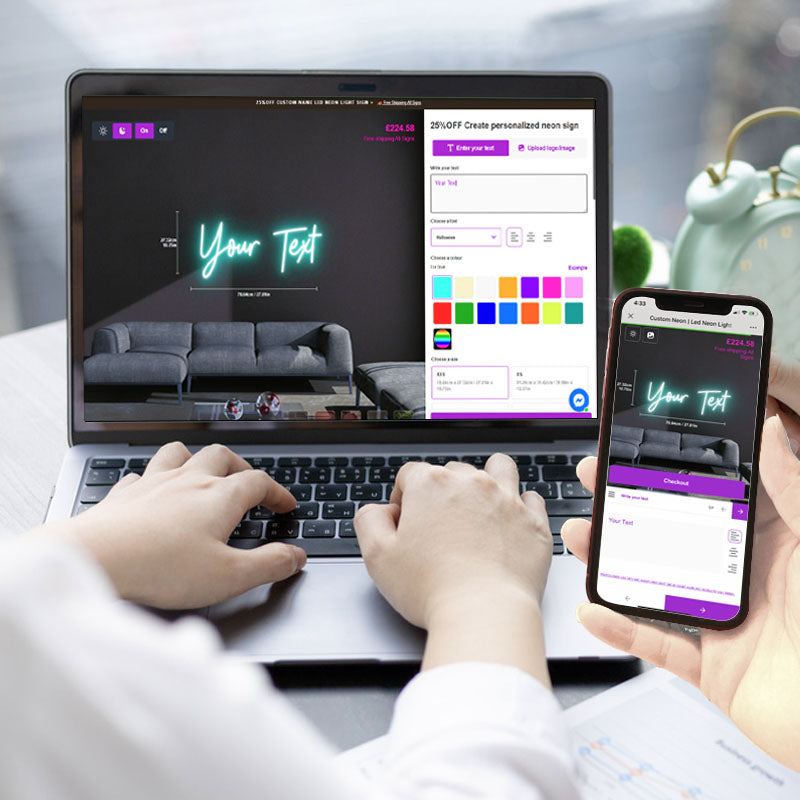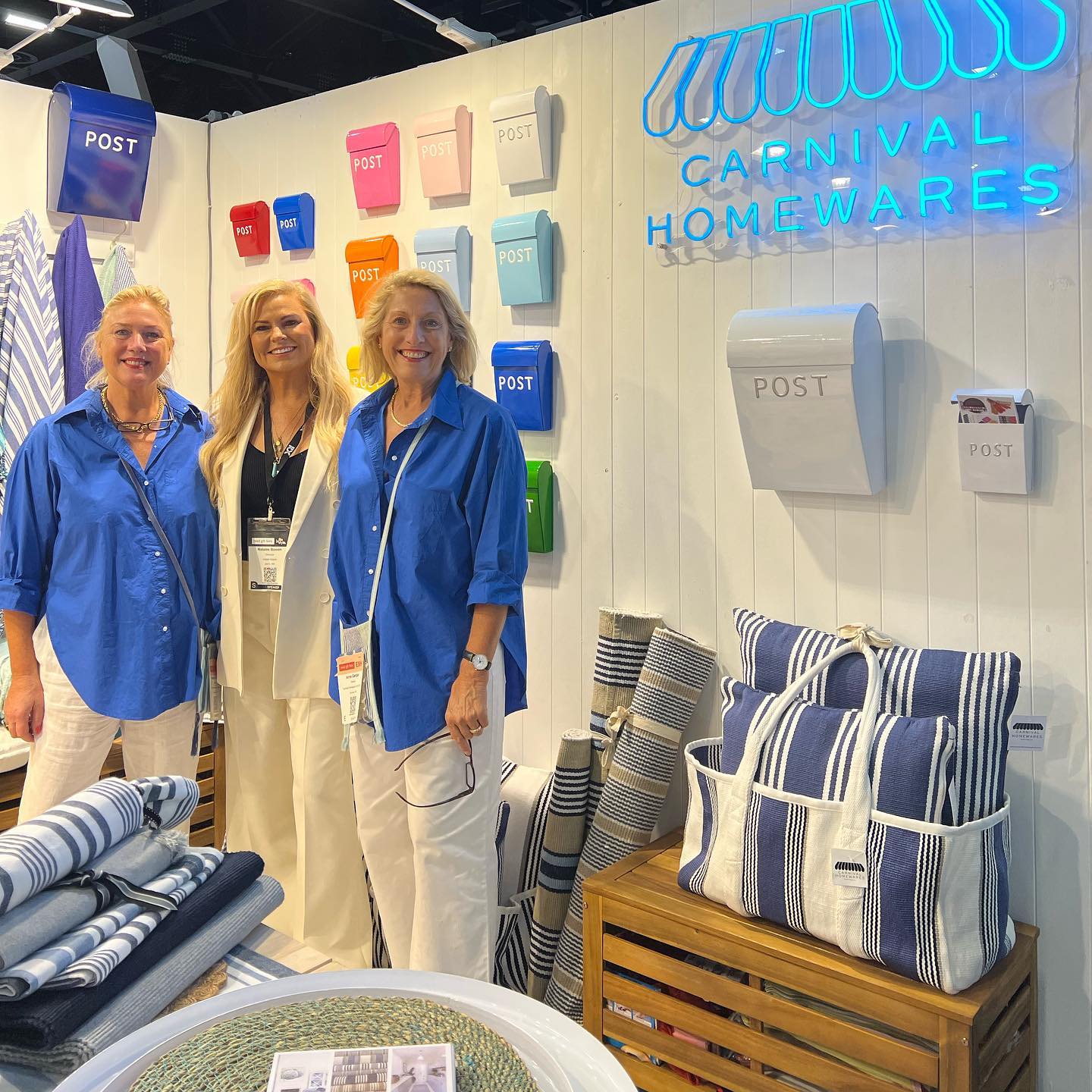Neon signs have been brightening up businesses and streets since the early 1900s and are still some of the best advertising and branding methods. These types of signs are hard to spot because they are so bright and beautiful. If you love neon signs then you are likely very curious about how these signs are made. In this guide, we are going to take a peek at the history and manufacturing processes of these interesting signs.
Where Did Neon Signs Come From?
These charming signs date back to 1898 when the British scientists Willian Ramsay and Morris W. Travers discovered the noble gas chemical element in inert gas. This gas is a minor component in our atmosphere. When pure neon gas is extracted from the atmosphere and added to a glass tube it will produce vivid colours when it is electronically charged. Neon tubes were quickly made and used as scientific instruments or as novelty items.
In the early 1900s, the scarce neon gas was replaced with more common gasses like nitrogen or carbon dioxide. This combination of gasses made it possible to commercialise neon signs since they were now a lot easier and more affordable to manufacture.
In the 1920s, fluorescent glasses and coatings were applied to tubes to create a wider range of neon sign colors.
The development and components of these lights have changed a lot over the decades. Modern lights are a lot more advanced and they come in a much wider range of colours which makes it possible to create just about any type of sign imaginable.
How Are Neon Signs Made?
A lot of hand labour goes into neon signs. Clear lead glass tubes are used to create these business neon signs. The tubes can vary in size and length to create signs of different scales.
These clear glass tubes are shaped to form letters with the help of a glass-blowing technique. A pattern is drawn on fire resistant sheet and the glass tubes are then heated to 1200 degrees F in places so the glass tubes can be bent. Designers need to be very careful not to form any holes or openings in the glass because the signs won’t work if there are any leaks.
When the glass tubes have been bent into shape, the tubes are coated with fluorescent powders. Different types of fluorescent powders are used to create different coloured neon signs. An uncoated glass tube filled with pure neon will glow bright red. A glass tube filled with argon will glow bright blue. But if bright blue argon gas is placed inside a yellow fluorescent light, the neon sign will appear green. Over 100 different colours can be created by combining different fluorescent powders and different quantities of gasses inside the tubes.
After adding the fluorescent powders, the ends of the tubes are sealed off and all air is pumped out from the tubes. The air is replaced with specific gasses like neon or argon.
An electrode is added into the tube and a drop of mercury is inserted into the tubulation. This drop of mercury is helpful for brightening the colour of the neon light.
When the entire neon sign has been completed, the sign is connected to electrodes, and an electric current is introduced which lights up the gas.
The back of the glass tubes are also often painted black so the neon colours can stand out even more and the sign is mounted in place on a type of backboard.
Finally, the electrodes are connected to wires, a transformer, and a normal wall outlet, and the sign will become functional.
It is hard to believe that so much effort goes into the development of a single neon sign. The effort these signs entail is something that makes these signs a lot more interesting and special. If you want to get a custom neon sign of your own then you should give Neon Party a call. We have a wide range of pre-made signs that you can choose from and we can make any custom neon design imaginable. With our signs, your business is bound to stand out.




